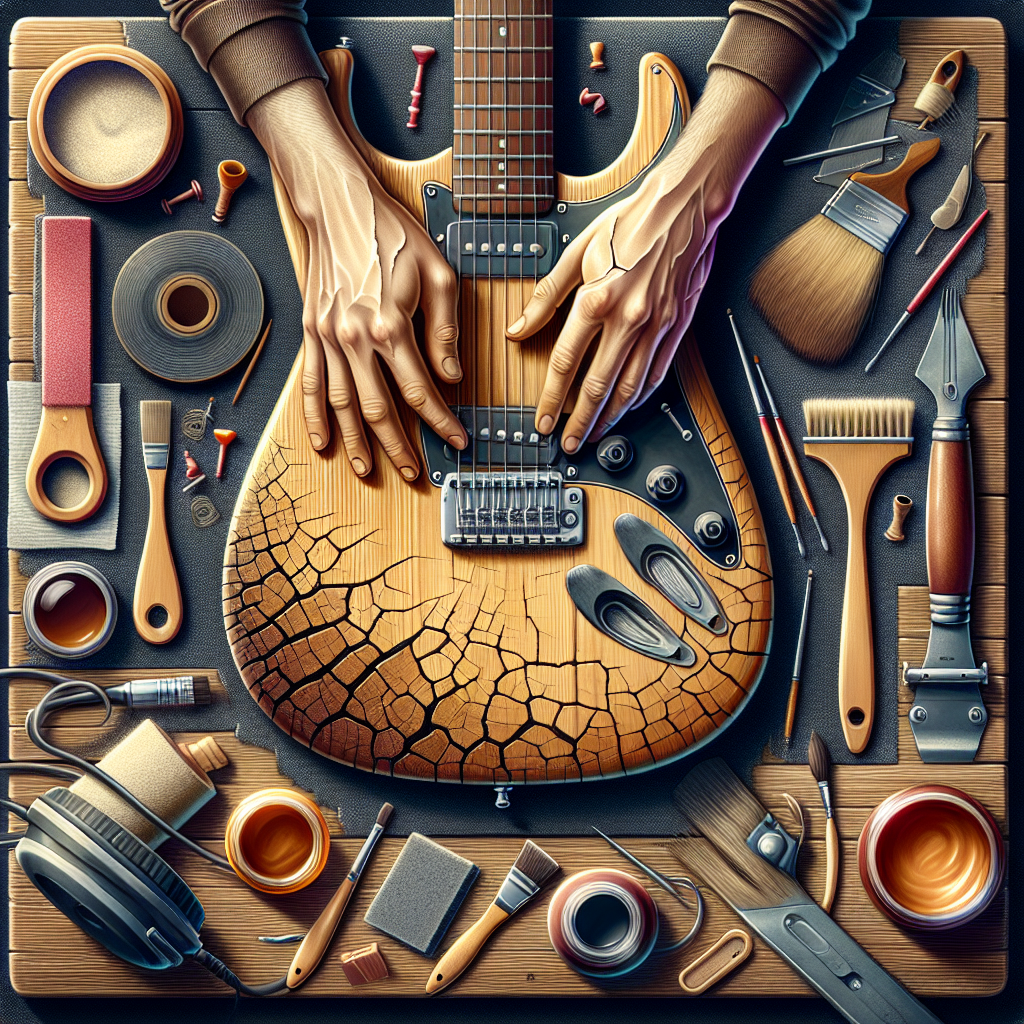
7 Powerful Tips to Repair Cracked Lacquer Finish Efficiently
Have you noticed unsightly cracks marring the glossy sheen of your beautiful furniture or cherished musical instruments? Understanding how to repair a cracked lacquer finish not only helps in preserving the aesthetic appeal of your prized possessions but also prolongs their life. In this article, you will discover step-by-step guidance and expert tips on fixing cracked lacquer, ensuring a flawless finish that stands the test of time.
Understanding Lacquer Finish
Lacquer is a popular surface treatment used on wooden furniture, musical instruments, and even automobiles. This clear or colored hard finish offers an appealing glossy look while protecting the material beneath from various environmental factors. However, over time or due to environmental stressors, the lacquer finish may crack, requiring prompt repair to maintain the item’s integrity.
Reasons for Lacquer Cracks
Before diving into the repair process, it’s essential to understand why lacquer cracks in the first place. Common causes include:
- Temperature Fluctuations: Rapid changes in temperature can cause the lacquer to expand and contract, leading to cracks.
- Humidity Levels: Excessive moisture or arid conditions may also contribute to lacquer finish cracking.
- Age: Like most finishes, lacquer degrades over time and may develop cracks as it ages.
Step-by-Step Process to Repair Cracked Lacquer
1. Assessing the Damage
Begin by closely inspecting the cracked finish to determine the severity of the damage. Light cracks may only require simple refinishing, while deeper cracks might need more extensive repairs involving sanding and reapplication of lacquer.
2. Cleaning the Surface
Thoroughly clean the surface using a mild detergent and a soft cloth to remove any dust, dirt, or oil. This ensures that any repair materials adhere properly and that the repair process doesn’t trap dirt under the new finish.
3. Sanding the Area
Lightly sand the cracked area using fine-grit sandpaper (around 400-grit) to smooth out the cracks and blend them with the surrounding lacquer. Be careful not to remove too much material, especially if the wood beneath is not protected.
4. Reapplying Lacquer
If the cracks are minor, you may reapply the lacquer using a brush or a spray can. For small touch-ups, consider using a lacquer repair pen for precise application. Apply the lacquer in thin, even coats and allow each coat to dry completely before adding the next. This may take several coats to achieve a seamless finish.
5. Polishing the Finish
Once the repair lacquer has completely dried, polish the surface with a fine microfiber cloth and a small amount of automotive polishing compound. This step helps restore the glossy finish and blend the repaired area with the original lacquer.
Preventive Measures
To keep your lacquer finish in pristine condition and prevent future cracks, consider the following tips:
- Maintain a constant temperature and humidity level in your home to prevent abrupt environmental changes.
- Regularly clean and dust lacquered surfaces with a soft cloth to prevent buildup that could cause damage over time.
FAQs
What type of sandpaper should I use to repair lacquer?
For light sanding, especially on lacquer finishes, use fine-grit sandpaper such as 400-grit to avoid damaging the surface while smoothing out the cracks.
Can I repair lacquer cracks myself, or should I seek a professional?
Minor cracks can typically be repaired at home with the right tools and materials. However, for deep or extensive damage, consulting a professional may be beneficial to avoid causing further damage.
What is the best method for applying a new lacquer finish?
Using a spray can ensure an even application without brush strokes. For spot treatments, a lacquer pen or brush with careful application can do the trick.
How long does it take for lacquer to dry completely?
It usually takes a few hours for a single coat of lacquer to dry enough for another coat to be added. However, it is recommended to wait a full 24 hours for the lacquer to cure before handling extensively.
Can environmental factors cause the lacquer to crack again?
Yes, factors like temperature fluctuations and humidity can contribute to lacquer cracks, so it’s vital to maintain a consistent environment for your lacquered items.
Is there a difference between lacquer and varnish?
Yes, lacquer is a solvent-based finish that dries quickly and is known for its glossy appearance, whereas varnish is usually oil-based with a longer drying time and offers different levels of gloss.
Conclusion
The artistry of restoring a cracked lacquer finish is well-worth the effort, allowing you to enjoy the timeless beauty of your belongings. Remember, with the right tools, materials, and preventive measures, maintaining that captivating high-gloss finish is entirely within your reach.
For more detailed insights on wood finishes and care, visit the American Wood Council’s website to discover a wealth of valuable resources.